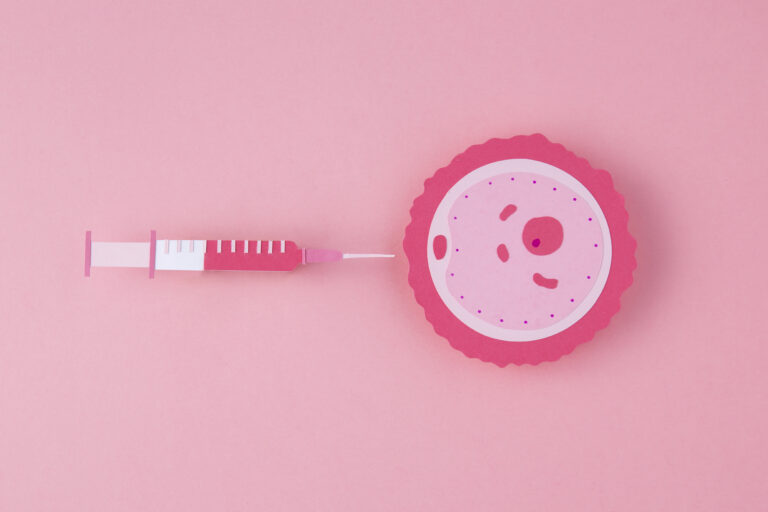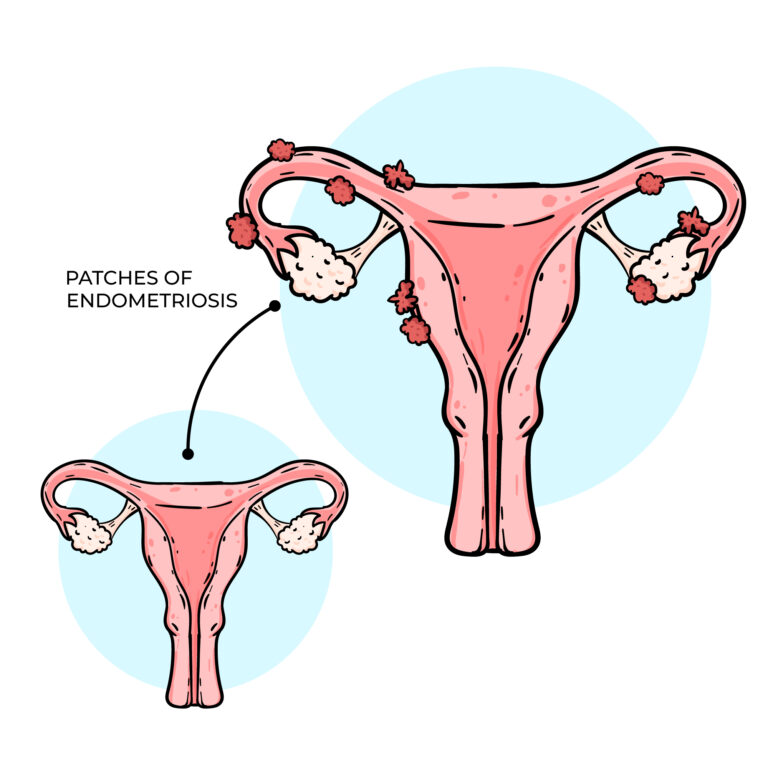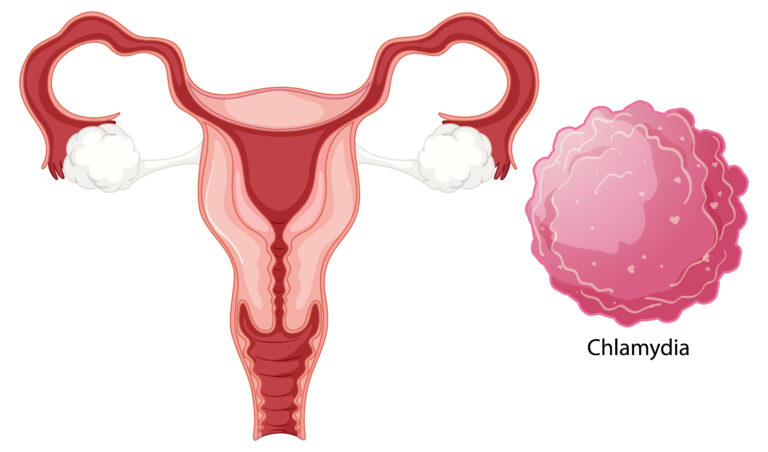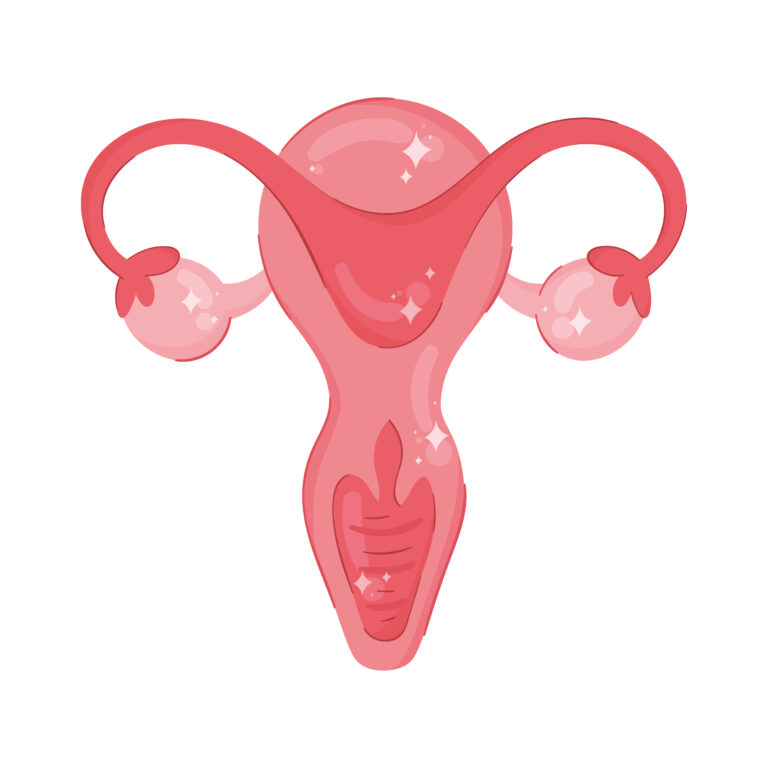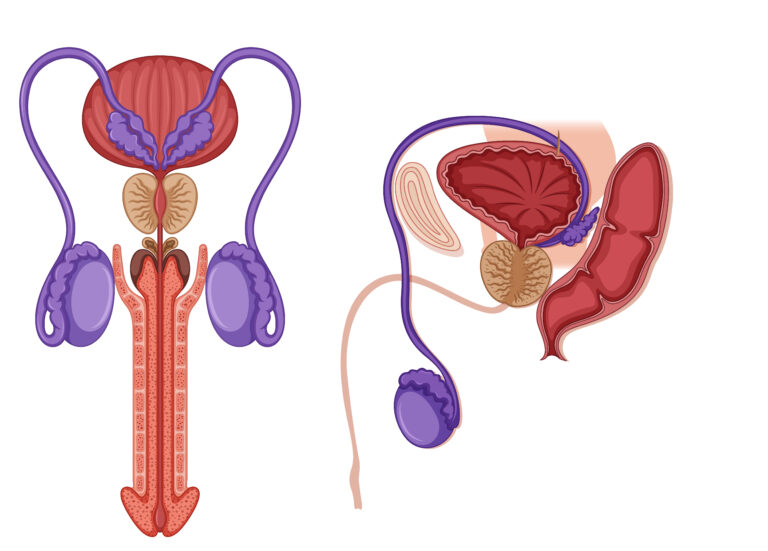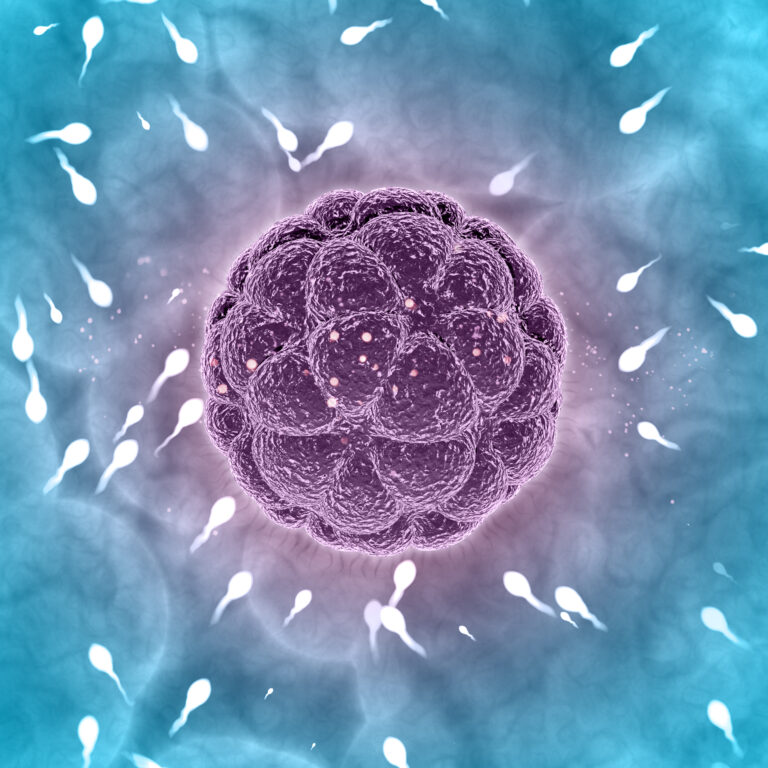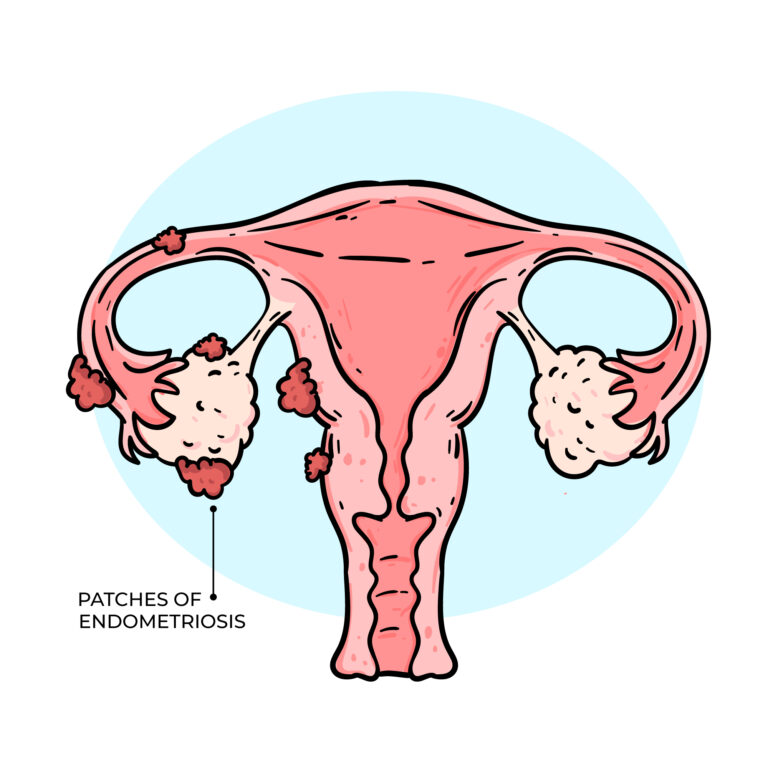There is a common misconception that sperm cells can survive for up to three days within the female reproductive tract. While this is sometimes possible, it is not a guarantee and it depends on several biological factors.
Firstly, the cervical mucus plays a critical role. This fluid, produced at the cervix (the opening of the uterus), varies in composition throughout a woman’s menstrual cycle. During the fertile window, cervical mucus becomes less acidic and more conducive to sperm survival, creating a pathway for sperm to swim toward the egg. Outside this window, however, the cervical environment can be hostile, and sperm may be destroyed almost immediately after ejaculation.
Secondly, the quality of the sperm itself is essential. Sperm with poor motility (sluggish movement) or abnormal morphology may fail to reach the cervical canal or may not survive long enough to fertilize an egg. Additionally, the integrity of the sperm DNA is another critical factor that can affect viability.
Therefore, if ovulation is expected on a specific day say, it is not advisable to rely solely on intercourse three days prior, assuming that sperm will survive until then. For the highest chance of conception, it is recommended to have intercourse on the day of ovulation or within the fertile window as guided by ovulation tracking.
In summary, while sperm cells can survive up to five days in optimal conditions, this is not always the case. Factors such as cervical mucus quality, sperm health, and timing all play significant roles in determining the likely hood of conception.


